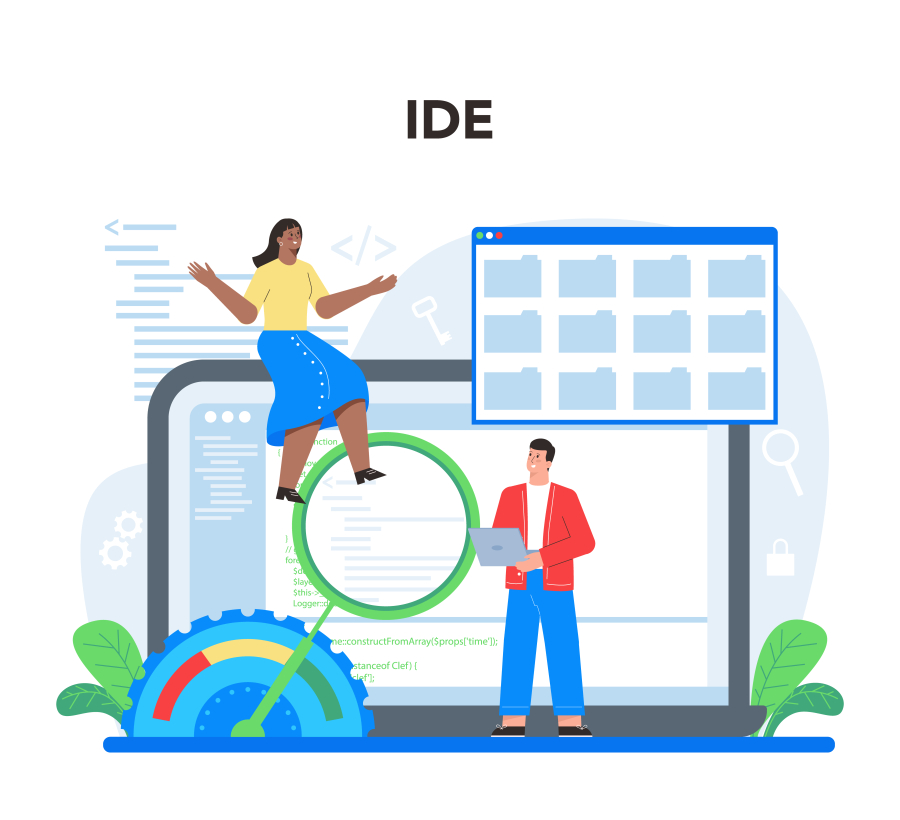How to Edit Videos for Different Social Media Platforms
In the age of social media, video content dominates engagement across platforms. Whether you are a freelance videographer, motion graphics artist, or content creator, knowing how to edit videos specifically for each social media channel is essential. Different platforms—Instagram, TikTok, YouTube, Facebook, LinkedIn, and Twitter—have unique requirements in terms of video length, aspect ratio, audience engagement, and content style. On freelancerbridge, we guide freelancers in creating professional, optimized videos that capture attention, maximize reach, and convert viewers into followers or clients. This article explores how to edit videos for different social media platforms, with actionable strategies, technical tips, and best practices for 2025.
Long Description
1. Understanding Social Media Platform Requirements
Instagram:
Feed: 1:1 square or 4:5 vertical, 15–60 seconds.
Stories & Reels: 9:16 vertical, up to 90 seconds.
TikTok:
Vertical 9:16 format, short, snappy content (15–60 seconds).
Emphasis on trends, effects, and fast cuts.
YouTube:
Horizontal 16:9 for standard videos, up to several minutes.
Shorts: 9:16 vertical, under 60 seconds.
Facebook:
Feed videos: 1:1 square or 16:9 horizontal, 30 seconds to 3 minutes.
Stories: 9:16 vertical, short clips.
LinkedIn:
Professional content, 16:9 horizontal or 1:1 square, 30 seconds to 2 minutes.
Focus on value-driven content and clear messaging.
Twitter/X:
Horizontal 16:9 or vertical 9:16, 15–120 seconds.
Quick, attention-grabbing edits.
2. Planning Your Video Content
Identify Target Audience: Tailor content to platform demographics.
Define Goals: Awareness, engagement, conversion, or education.
Storyboard: Plan visuals, text overlays, transitions, and audio.
Hook in First Seconds: Each platform prioritizes videos that capture attention early.
3. Aspect Ratios and Resolution Optimization
Always use platform-specific aspect ratios to prevent cropping.
Export high-quality videos:
Instagram & TikTok: 1080×1920 px (vertical).
YouTube: 1920×1080 px (horizontal).
Facebook feed: 1080×1080 px (square) or 1920×1080 px.
Maintain consistency in branding elements, text, and color grading.
4. Editing Techniques for Engagement
Fast Cuts and Pacing: Short attention spans require quick transitions.
Text and Subtitles: Many users watch without sound. Use clear captions.
Motion Graphics: Add animated elements to highlight key points.
Transitions and Effects: Enhance flow, but avoid overloading the video.
Sound Design: Music, voiceovers, and sound effects must match platform tone.
5. Tailoring Content for Each Platform
Instagram & TikTok Reels: Trend-driven, vertical format, concise messaging, engaging hooks.
YouTube: Longer storytelling, detailed content, horizontal format, clear chapters.
Facebook: Balanced between entertainment and informative content, optimize for autoplay without sound.
LinkedIn: Professional tone, value-driven, clean visuals, horizontal or square format.
Twitter/X: Highly shareable, short clips with strong messaging.
6. Editing Tools for Freelancers
Professional Software: Adobe Premiere Pro, Final Cut Pro, DaVinci Resolve.
Mobile-Friendly Apps: CapCut, InShot, VN Video Editor for quick edits.
Motion Graphics: After Effects or Canva for animated overlays.
Audio Editing: Audacity or Adobe Audition for clean sound design.
7. Branding and Consistency
Use consistent colors, fonts, and logos to reinforce brand identity.
Maintain a cohesive editing style across all platforms.
Adapt style to suit platform while preserving brand recognition.
8. Exporting and Compression Tips
Export in MP4 with H.264 codec for wide compatibility.
Ensure file size is optimized for platform upload limits without sacrificing quality.
Test playback on different devices before posting.
9. Analytics and Optimization
Monitor engagement metrics (views, likes, shares, watch time).
Identify which edits and formats perform best on each platform.
Iterate and adjust editing style based on performance data.
10. Common Mistakes to Avoid
Using the same video format for all platforms.
Ignoring aspect ratios, resulting in cropped or distorted videos.
Overloading videos with effects or text.
Forgetting subtitles for sound-off viewers.
Neglecting platform-specific trends and audience preferences.
Conclusion
Editing videos for different social media platforms is a crucial skill for freelancers aiming to maximize reach, engagement, and client satisfaction. By understanding platform requirements, tailoring content, optimizing visuals and sound, and maintaining branding consistency, freelancers can create professional, engaging videos that resonate with their audience. On freelancerbridge, we emphasize strategic, platform-aware editing as an essential part of building a successful freelance video business in 2025.


 by Emily
by Emily




